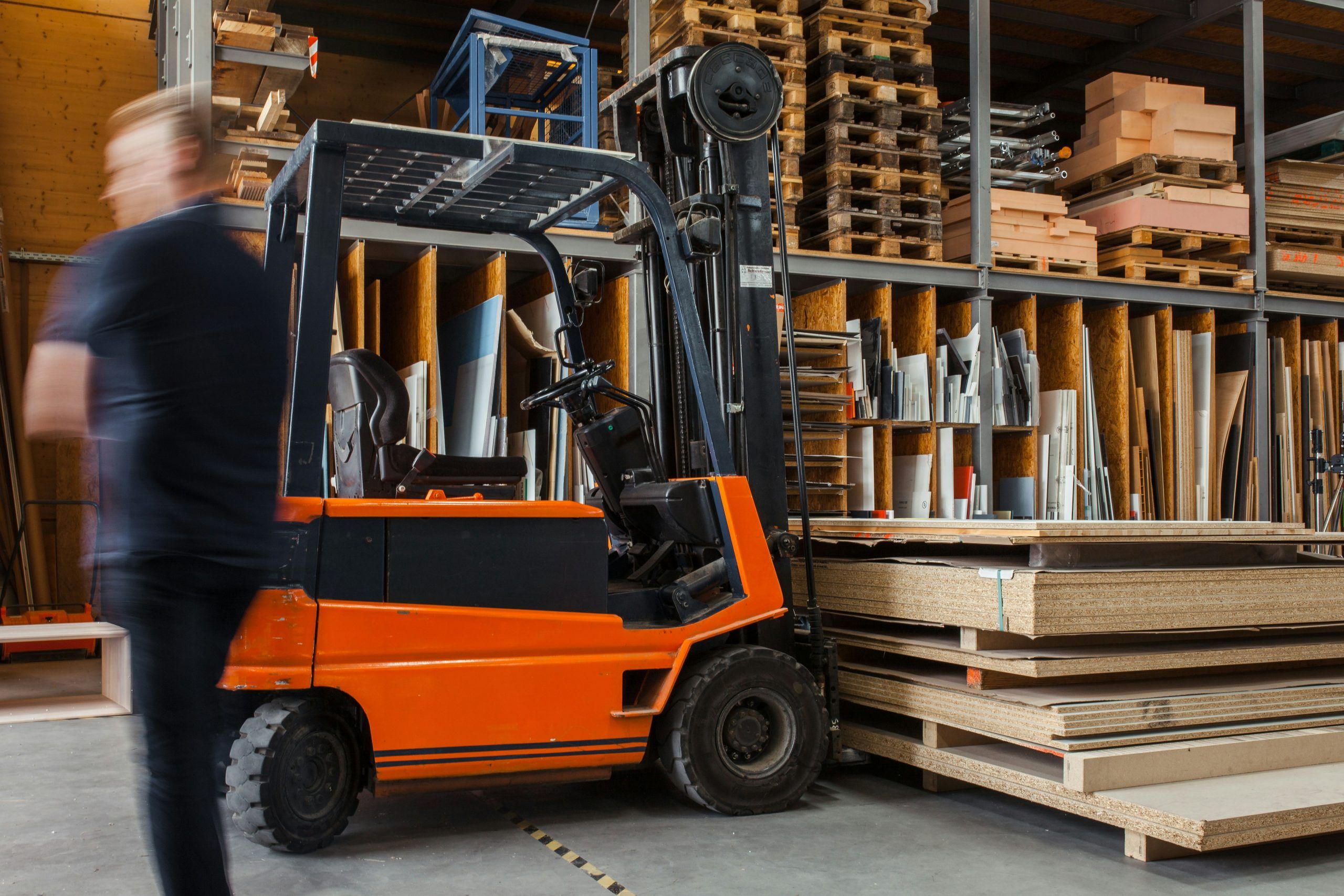Is your warehouse ready for the future? The world of warehouse management is on the brink of a major transformation, and staying ahead means embracing the latest trends. Imagine a world where efficiency is maximized, costs are minimized, and customer satisfaction is at an all-time high.
Currently, 52% of warehouse managers anticipate increased spending on automation and robotics in the coming years, and according to Deloitte, 96% of industry leaders deem innovation crucial for growth. Many businesses struggle with outdated systems, high operational costs, and inefficiencies that eat into profits and customer trust. We understand the challenges you face, from managing inventory to meeting customer demands promptly.
This article will uncover the most important trends shaping the future of warehouse management, offering valuable insights to help you streamline operations and boost your bottom line. Get ready to transform your warehouse into a model of efficiency and innovation.

Automation and Robotics: The Backbone of Modern Warehousing
The shift towards automation and robotics in warehousing is not just a trend; it’s a necessity for staying competitive. These technologies are reshaping how warehouses operate, making processes faster, more efficient, and cost-effective. Let’s look into the most significant advancements in this area.
Increased Adoption of Autonomous Mobile Robots (AMRs)
AMRs are transforming warehouses by increasing efficiency and speed. These robots can navigate through warehouses, picking and transporting goods with minimal human intervention. These AMRs offer scalability, allowing warehouses to expand their operations without significant increases in labor costs. By reducing the need for manual labor, AMRs can significantly cut operational costs, making them an attractive investment for businesses.
Advanced Sorting and Picking Systems
Equipped with sensors and AI, smart conveyor systems can sort and direct packages more efficiently, reducing bottlenecks and improving throughput. Robotic picking systems are becoming more sophisticated, capable of handling a variety of products with precision and speed. This reduces errors and enhances productivity.
Data-Driven Decision Making: Leveraging Big Data and Analytics
Data is a powerful tool that can drive efficiency and improve decision-making in warehouse management. By harnessing big data and advanced analytics, warehouses can gain valuable insights into their operations and optimize performance. One key area where this is making a significant impact is predictive analytics for inventory management.
Predictive Analytics for Inventory Management
- Demand Forecasting: Predictive analytics tools help warehouses forecast demand more accurately, ensuring optimal inventory levels and reducing stock outs or overstock situations.
- Operational Efficiency: By analyzing data from various sources, warehouses can identify inefficiencies and implement improvements, leading to better resource utilization.
Real-Time Monitoring and Reporting
- IoT Integration: The Internet of Things (IoT) enables real-time tracking of assets and inventory. Sensors and connected devices provide valuable data that can be used to monitor conditions and performance.
- Instant Insights: Real-time reporting tools allow managers to make informed decisions quickly, improving responsiveness to market changes and operational issues.
Sustainability and Green Initiatives: Eco-Friendly Practices
As environmental concerns grow, warehouses are increasingly adopting green initiatives to reduce their carbon footprint and promote sustainability. These eco-friendly practices not only benefit the planet but also lead to cost savings and improved operational efficiency. A primary focus in this regard is the development of energy-efficient warehouses.
Energy-Efficient Warehouses
Switching to LED lighting can significantly reduce energy consumption. LED lights are more efficient and have a longer lifespan compared to traditional lighting solutions. Many warehouses are adopting solar panels to harness renewable energy. This not only reduces carbon footprints but also lowers energy costs.
Sustainable Packaging and Recycling
Using biodegradable and recyclable materials for packaging helps reduce waste and environmental impact. Implementing comprehensive recycling programs within warehouses can minimize waste and promote sustainability.
Implementing comprehensive recycling programs within warehouses can minimize waste and promote sustainability. Additionally, leveraging effective strategies for self-storage marketing can help warehouses attract more customers and optimize their space utilization.
Integration and Connectivity: The Future of Connected Warehouses
As warehouses become more technologically advanced, the need for integration and connectivity within the supply chain becomes increasingly important. Connected warehouses can communicate seamlessly with other parts of the supply chain, leading to more efficient operations and better overall performance.
Seamless Integration with Supply Chain
Integrating warehouse management systems (WMS) with supply chain management (SCM) platforms ensures seamless communication and coordination across the entire supply chain. Enhanced connectivity provides better visibility into inventory levels, shipment statuses, and order fulfillment processes, leading to more efficient operations.
Advanced Communication Technologies
The deployment of 5G technology is revolutionizing warehouse operations by enabling faster and more reliable communication. This supports real-time data exchange and automation. Similarly, cloud computing allows for the centralization of data and applications, facilitating remote access and collaboration.
Upskilling and Reskilling Employees
As warehouses become more automated, there is a growing need for employees to be trained in new technologies. Upskilling programs ensure that the workforce can effectively operate and maintain advanced systems. In addition to technical skills, soft skills such as problem-solving and communication are essential for adapting to the dynamic warehouse environment.
Enhanced Safety Measures
Wearable devices, such as smart glasses and wristbands, can enhance worker safety by providing real-time alerts and monitoring health metrics. Ongoing safety training ensures that employees are aware of the best practices and protocols to minimize risks in the workplace.
Conclusion

Warehouse management is on the brink of a revolution, driven by automation, data analytics, and sustainability. Embracing these trends is essential for maximizing efficiency, reducing costs, and enhancing customer satisfaction. Automation and robotics streamline operations, data analytics provide critical insights, and green initiatives promote sustainability.
By integrating these advancements and investing in employee training, your warehouse can thrive in the future. The choices made today will shape the warehouse of tomorrow. Are you ready to lead the way and redefine the future of warehouse management?

